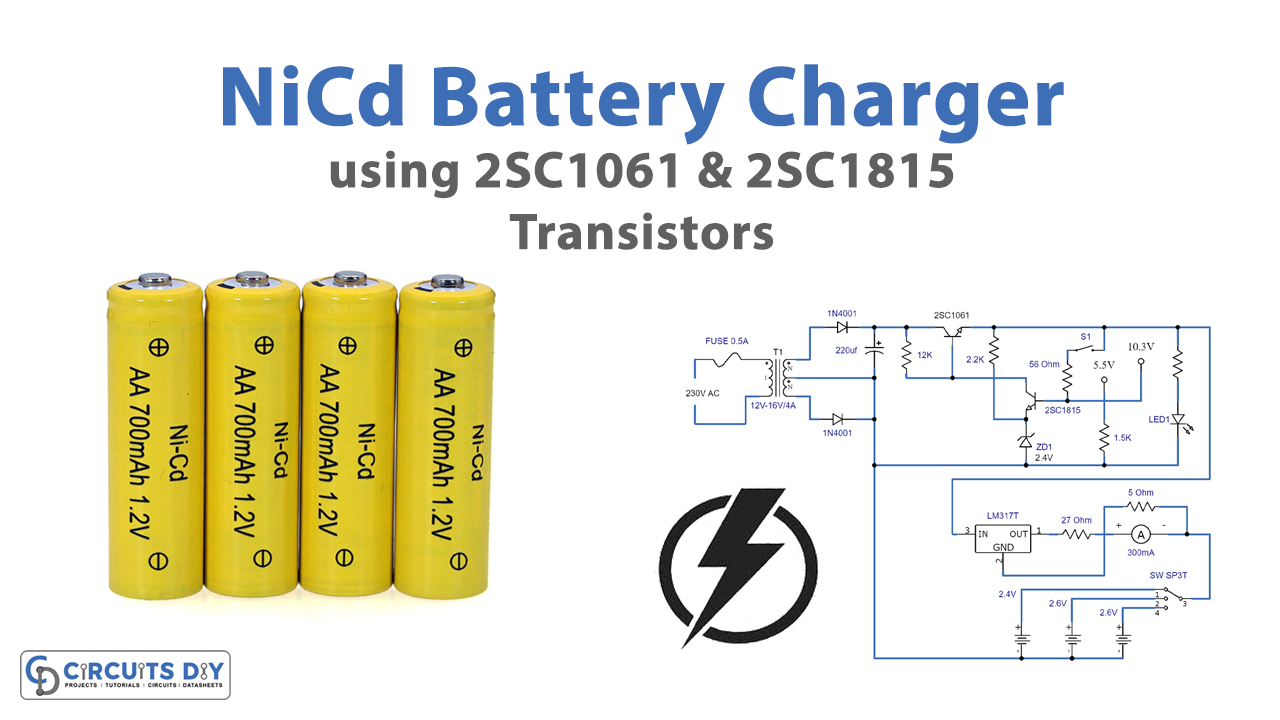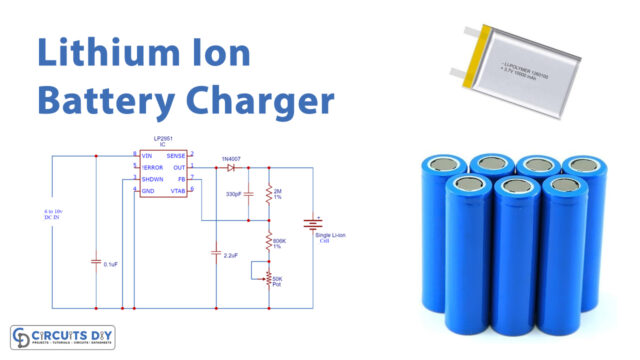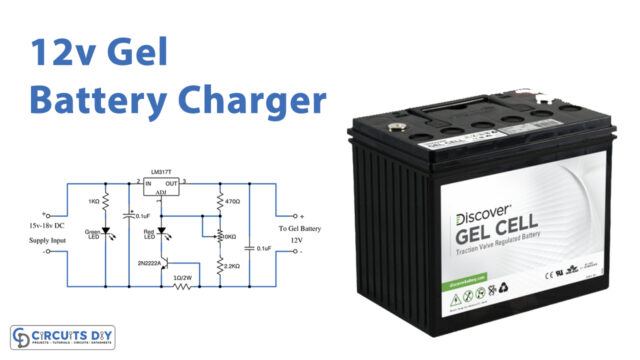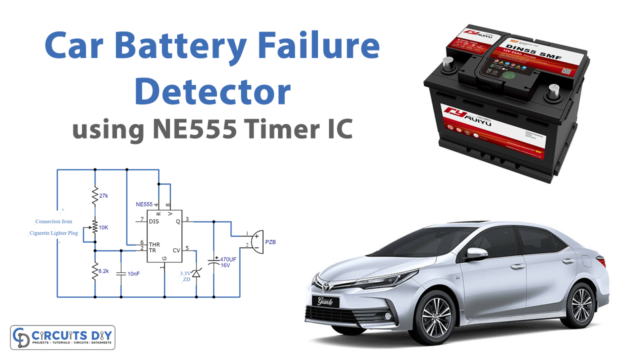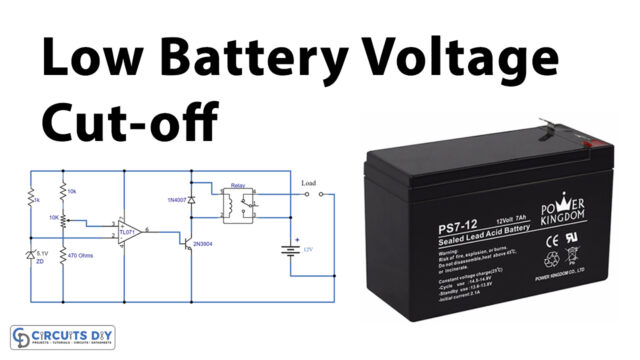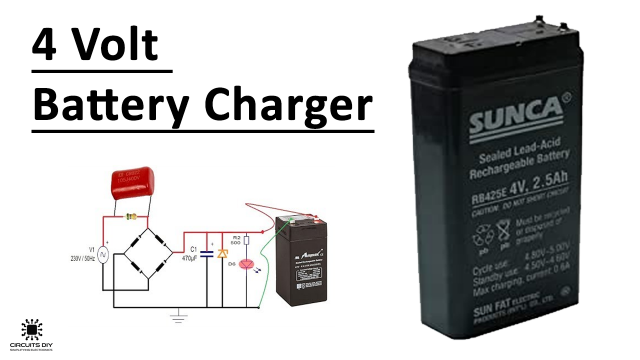In this DIY tutorial, we are going to demonstrate the NiCd battery charger schematic. This circuit is an option in contrast to expensive battery chargers, the secret to lower down the expense is to purchase a modest battery charger and grow it with a programmed charge breaker circuit, like, the one introduced here.
The core of this programmed NiCd battery charger is the IC which contrasts the NiCad battery’s voltage and a reference voltage which we will discuss in working. At the point when the NiCd battery’s voltage surpasses a specific most extreme voltage level, the circuit breaks the charging through the relay and when the NiCad battery’s voltage is below the least level, the circuit shut down the rely and the charging resumes.
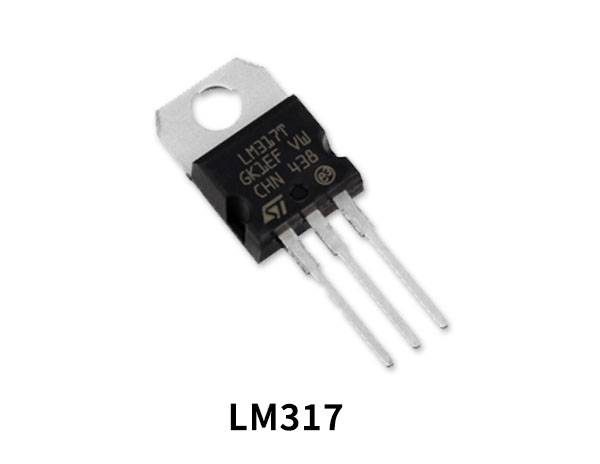
Hardware Components
The following components are required to make Battery Charger Circuit
| S.no | Components | Value | Qty |
|---|---|---|---|
| 1. | IC | LM317T | 1 |
| 2. | Transformer | 230V to 9V (step down) | 1 |
| 3. | AC Supply or AC adapter | 230V | 1 |
| 4. | Fuse | 0.5A | 1 |
| 5. | Diode | 1N4001 | 1 |
| 6. | Transistor | 2SC1061 | 1 |
| 7. | Transistor | 2SC1815 | 1 |
| 8. | Resistor | 2.2K, 1.5K, 56Ω, 27Ω, 5Ω | 1 |
| 9. | Zener Diode | 2.4V | 1 |
| 10. | Capacitor | 220µF | 1 |
LM317T Pinout
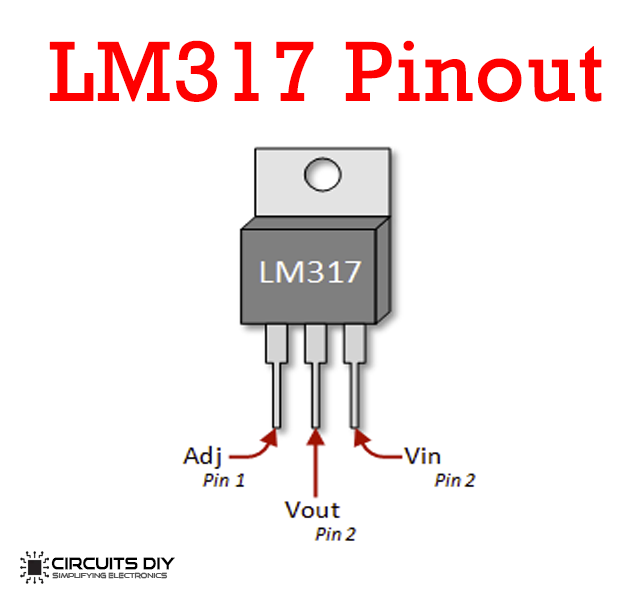
For a detailed description of pinout, dimension features, and specifications download the datasheet of LM317
Battery Charger Circuit

Working Explanation
This NiCd battery charger circuit schematic can charge 2.4V, 4.8V, and 9.6V NiCad batteries. It utilizes a transformer that can convey current somewhere in the range of 0-9V. Most chargers select the charging voltage through a switch however the circuit highlighted here utilizations a programmed current regulator. The LM317T IC in the NiCd battery charger schematic is used to control the voltage of the battery to charge the NiCd batteries. As you realize that the LM317T IC is a well-known IC for numerous years. It is a modest IC with many inherent highlights like current limiter, work in thermal overload protection, safe zone protection, and so on. The circuit is utilizing a center-tape transformer, which has an input of 220V and gives an output of 0-9V.
Applications and Uses
- The nickel-cadmium battery (NiCd or NiCad) is a rechargeable battery utilized for compact PCs, drills, camcorders, and other small battery-worked gadgets requiring an even power discharge.
- These chargers are likewise used to charge NiCd batteries.


